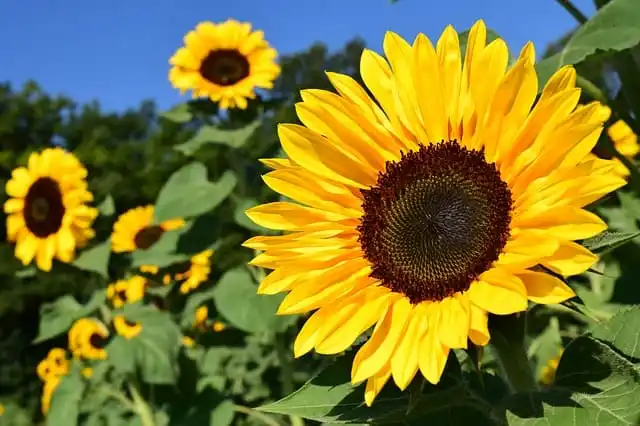Introduction to Hopi Red Dye Amaranth
Hopi Red Dye Amaranth, scientifically known as Amaranthus cruentus, is a striking annual plant with deep red foliage. Beyond its aesthetic appeal, it has a rich cultural history and practical uses.
Botanical and Cultural Significance
Hopi Red Dye Amaranth is traditionally grown by the Hopi people of the southwestern United States. Its vibrant red leaves are used to create natural dyes, which play a significant role in their cultural traditions. The plant holds cultural and spiritual importance, representing the connection between nature and the Hopi way of life.
Growing Hopi Red Dye Amaranth
To grow Hopi Red Dye Amaranth, select a sunny location with well-drained soil. Plant the seeds directly in the garden or in containers. Adequate spacing and proper care are essential for optimal growth and color development.
Harvesting and Using Hopi Red Dye Amaranth
The leaves of Hopi Red Dye Amaranth can be harvested once they reach a suitable size. They are dried and ground into a powder to create red dyes. These dyes are used in various Hopi artistic and cultural practices, including basketry, pottery, and body painting. Understanding the traditional and sustainable harvesting methods is crucial to preserving the cultural and ecological significance of this plant.
References and Expert Recommendations
For a deeper understanding of Hopi Red Dye Amaranth, consult with experts from the Hopi community, local horticultural resources, and academic institutions specializing in ethnobotany and cultural plant use. These sources can provide valuable insights into the significance, cultivation, and uses of this unique plant.
What is Hopi Red Dye Amaranth, and what makes it unique among amaranth varieties?
Where does Hopi Red Dye Amaranth originate, and what is its cultural significance?
What are the distinctive characteristics of Hopi Red Dye Amaranth, including its growth habits and appearance?
Can Hopi Red Dye Amaranth be grown in a variety of climates, or is it specific to certain regions?
How do you cultivate Hopi Red Dye Amaranth, including planting, care, and maintenance?
What are the common culinary uses for Hopi Red Dye Amaranth, and how is it prepared in traditional and modern cuisines?
Is Hopi Red Dye Amaranth known for its potential health benefits, and if so, what are they?
Are there any unique or sustainable agricultural practices associated with Hopi Red Dye Amaranth cultivation?
What is the significance of the red dye derived from Hopi Red Dye Amaranth, and how is it traditionally used?
Where can one obtain Hopi Red Dye Amaranth seeds or plants for cultivation, and are there specific resources or organizations that promote its conservation and use?
- 20 Perennial Herbs to Grow that Stick Around - July 19, 2024
- 14 Container Gardening Mistakes to Avoid - July 16, 2024
- Using Wood Ash in the Garden, the Correct Way - July 11, 2024




